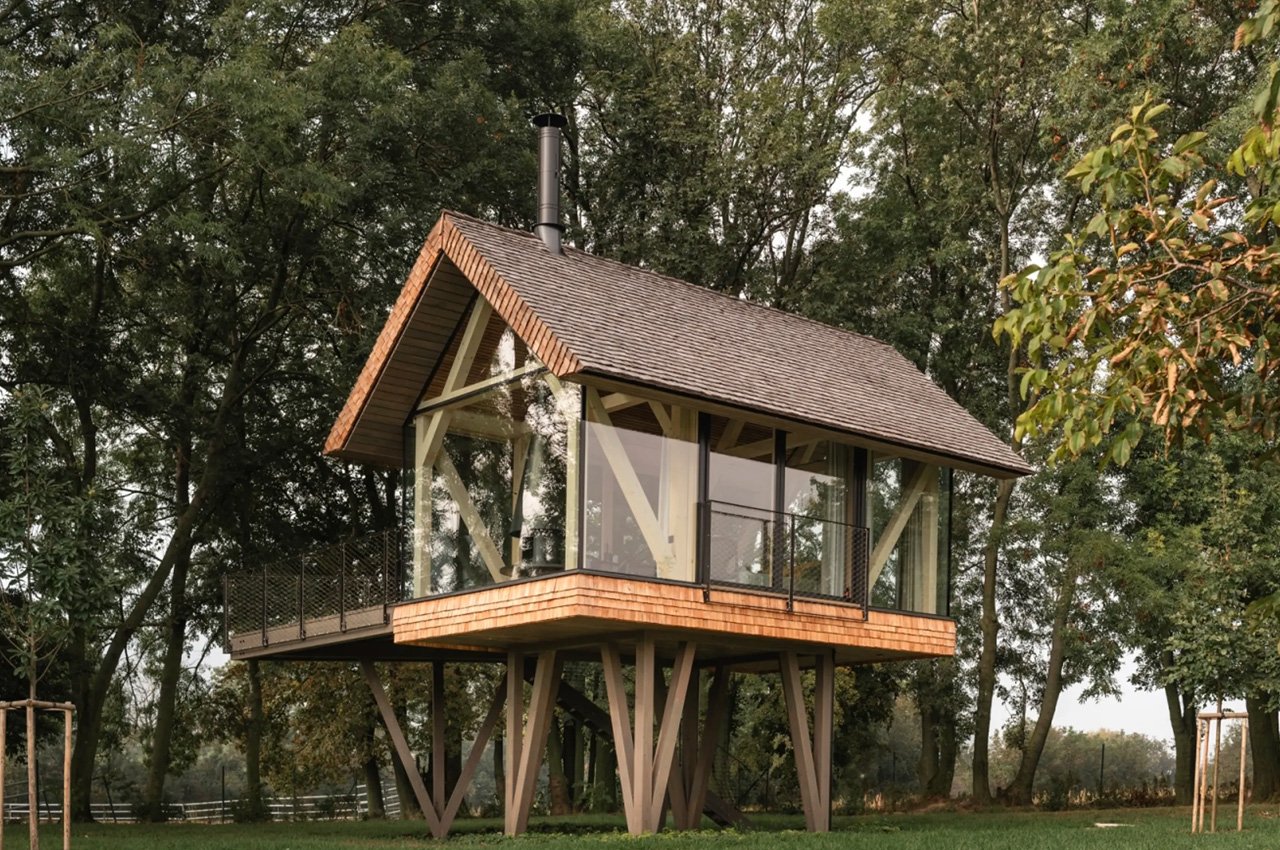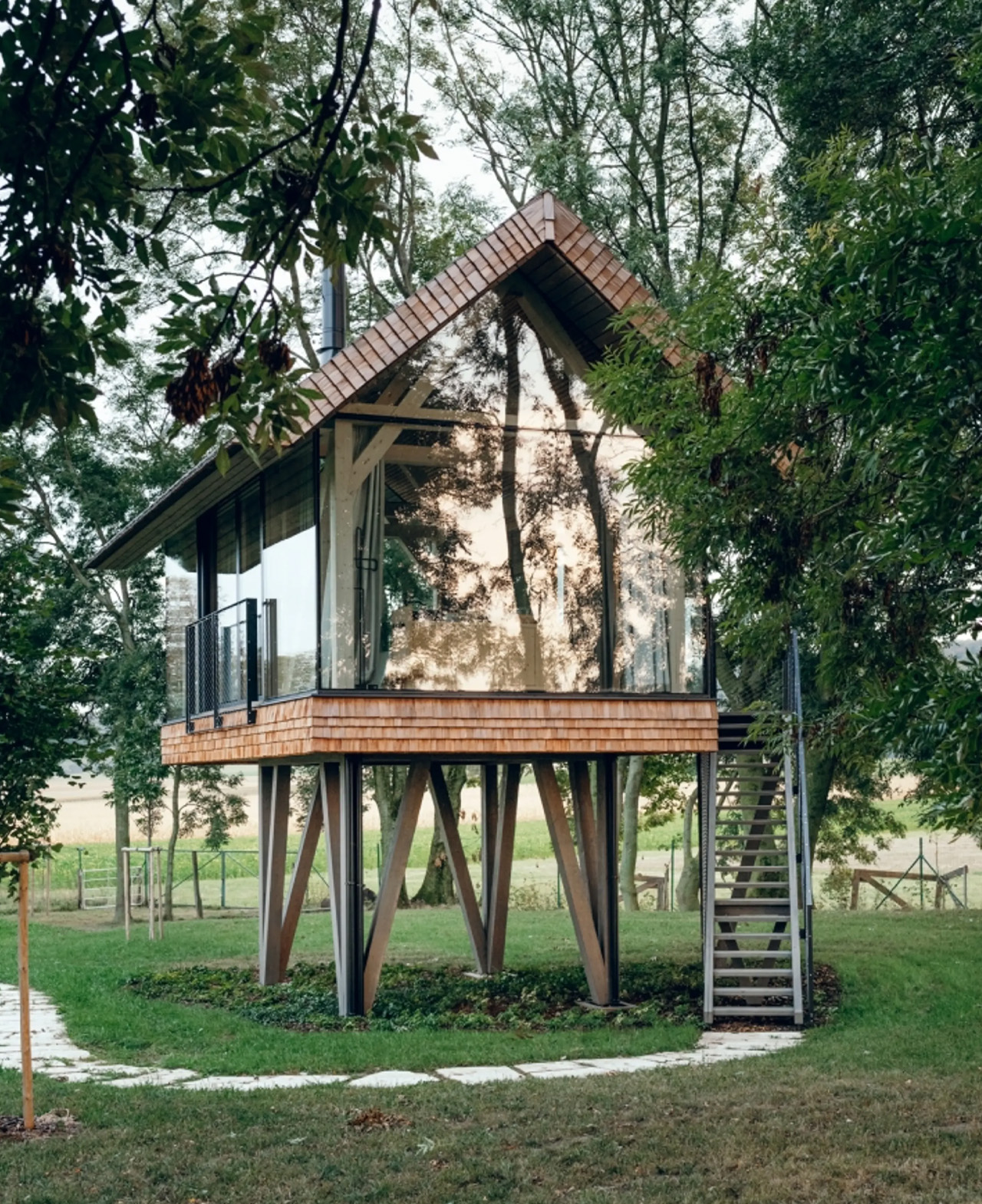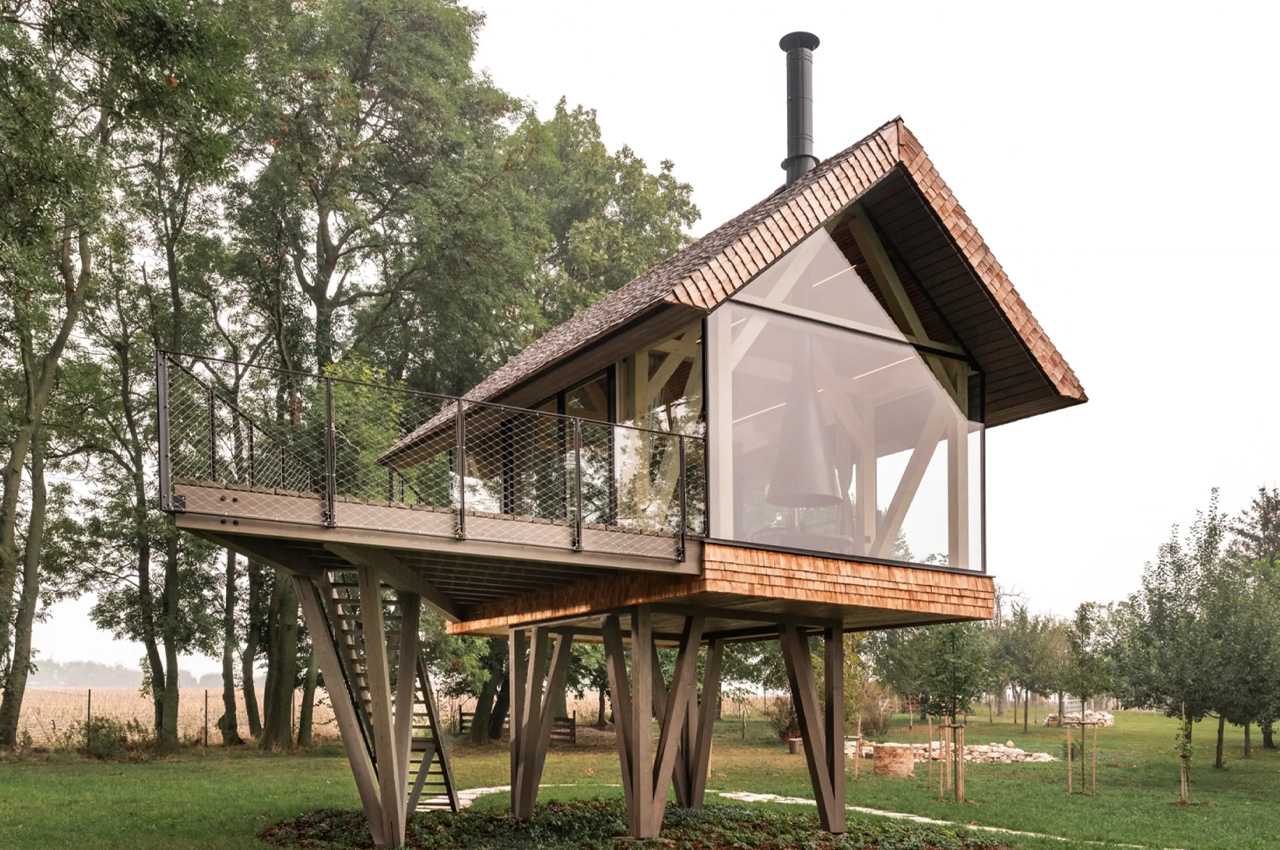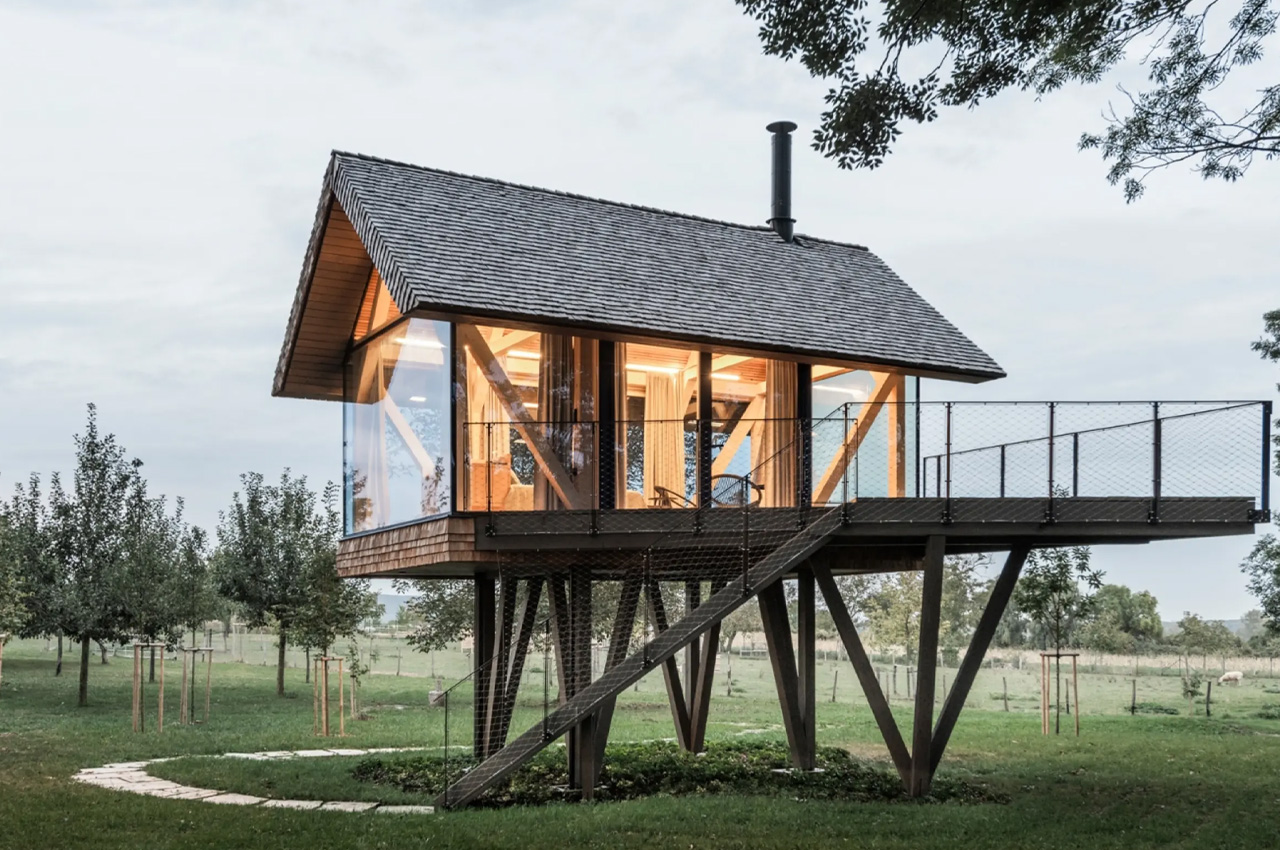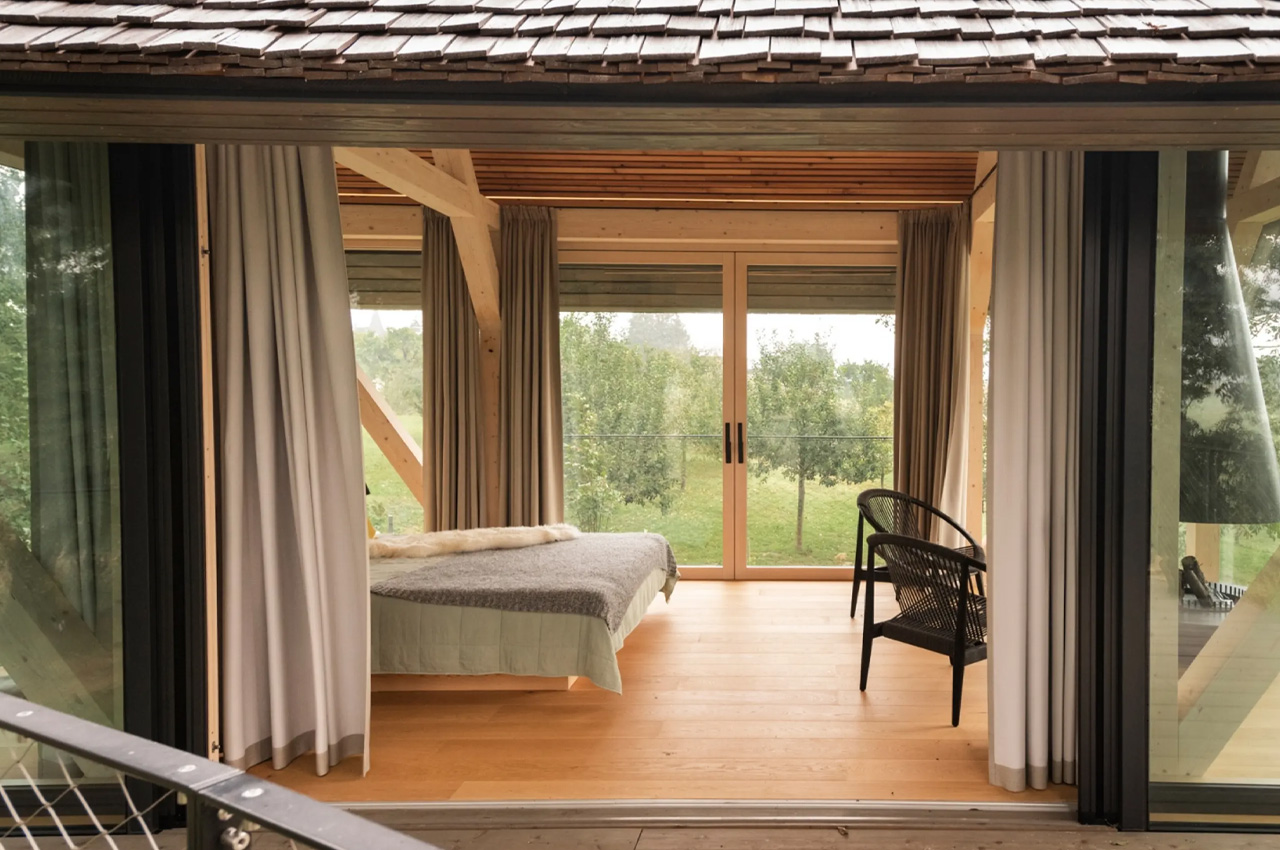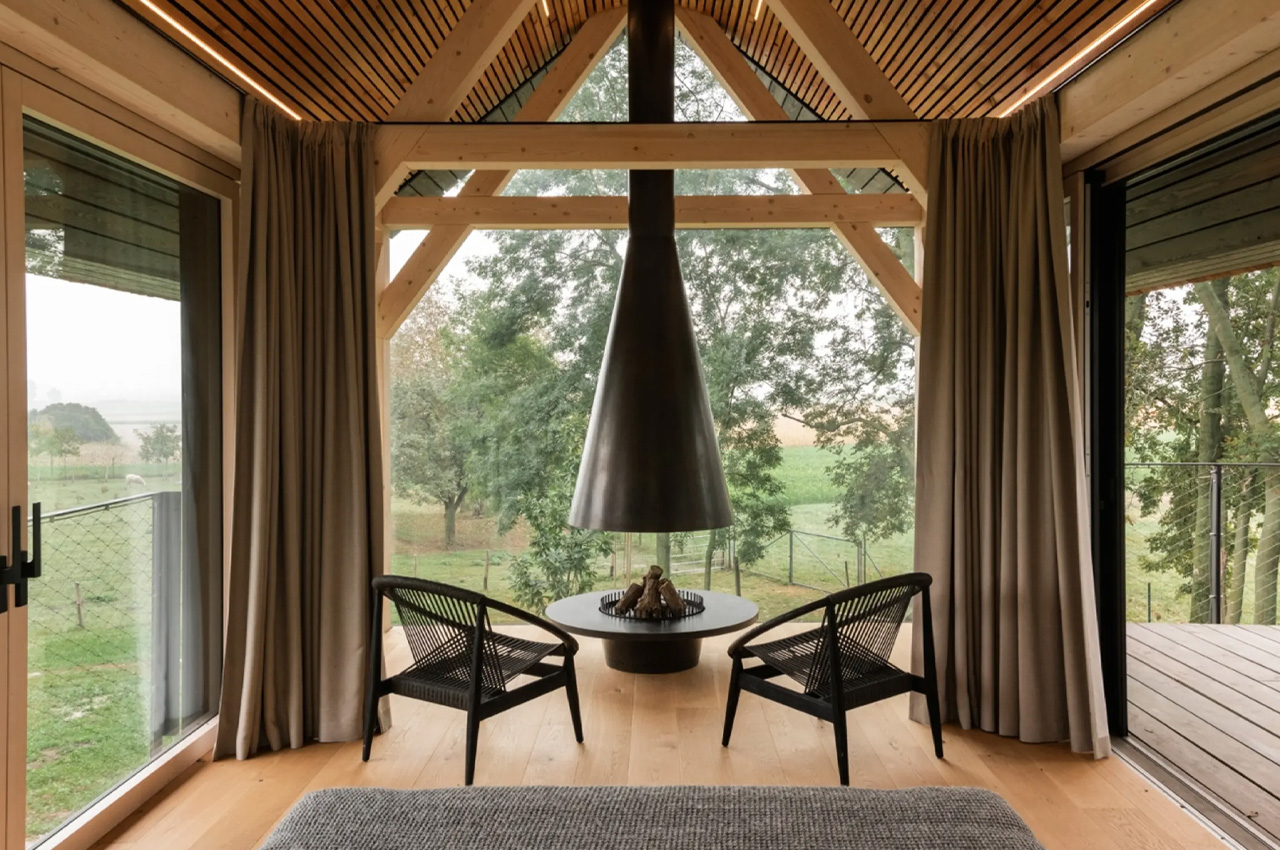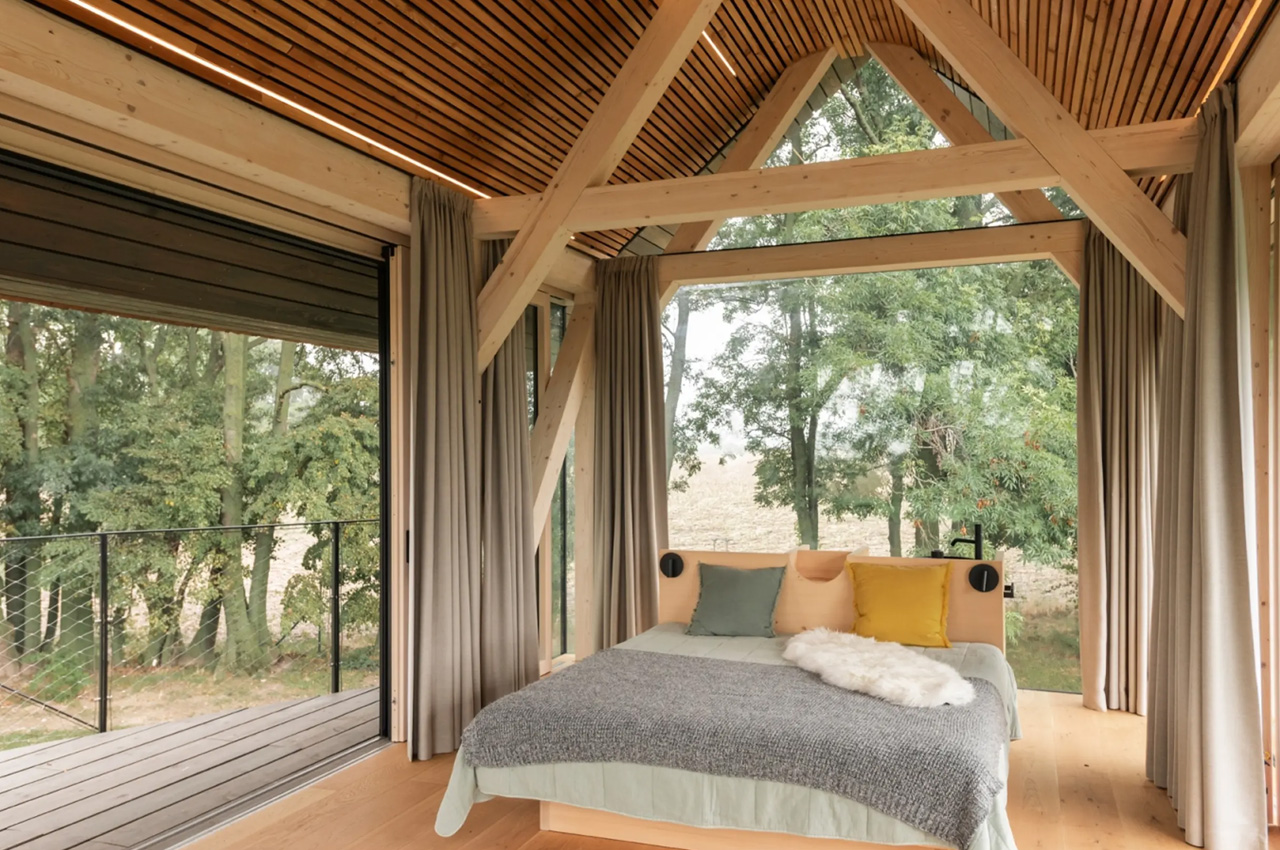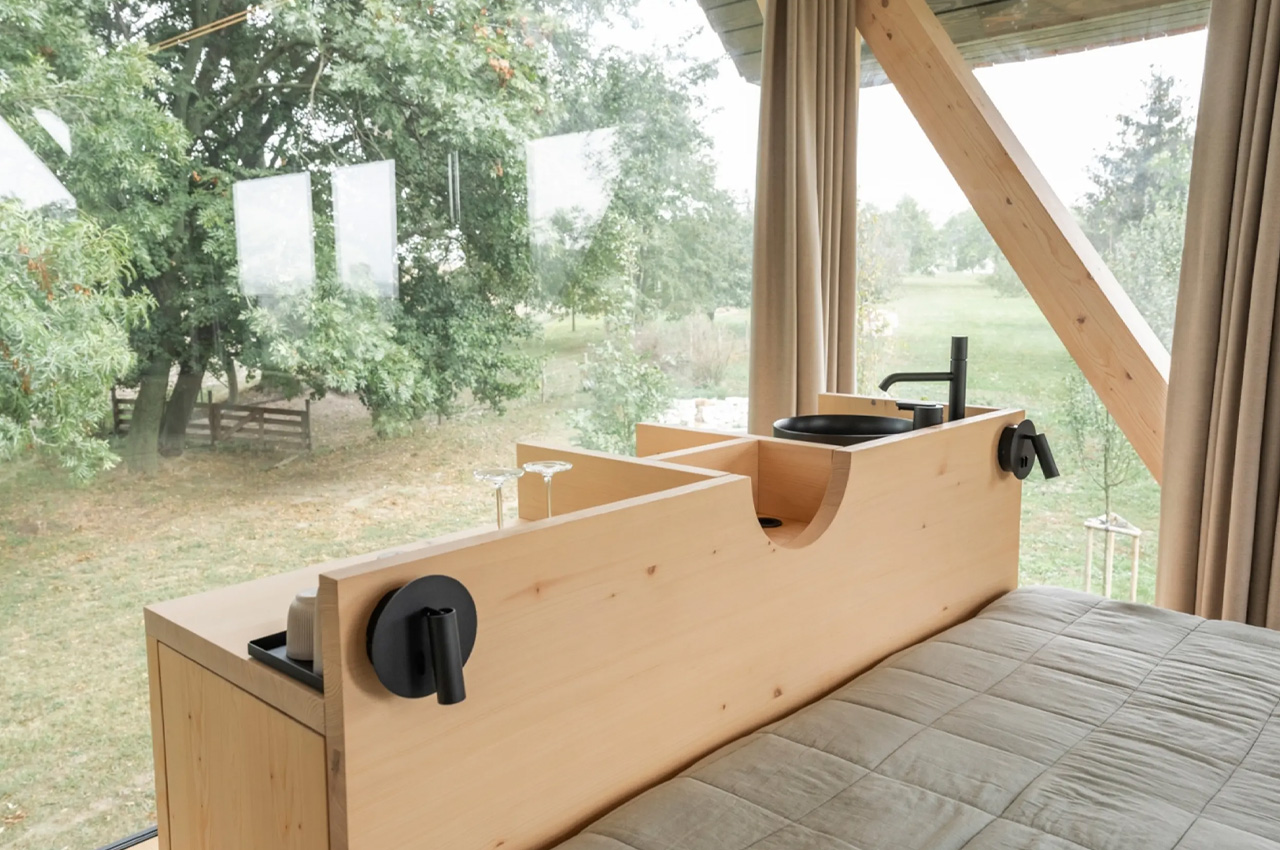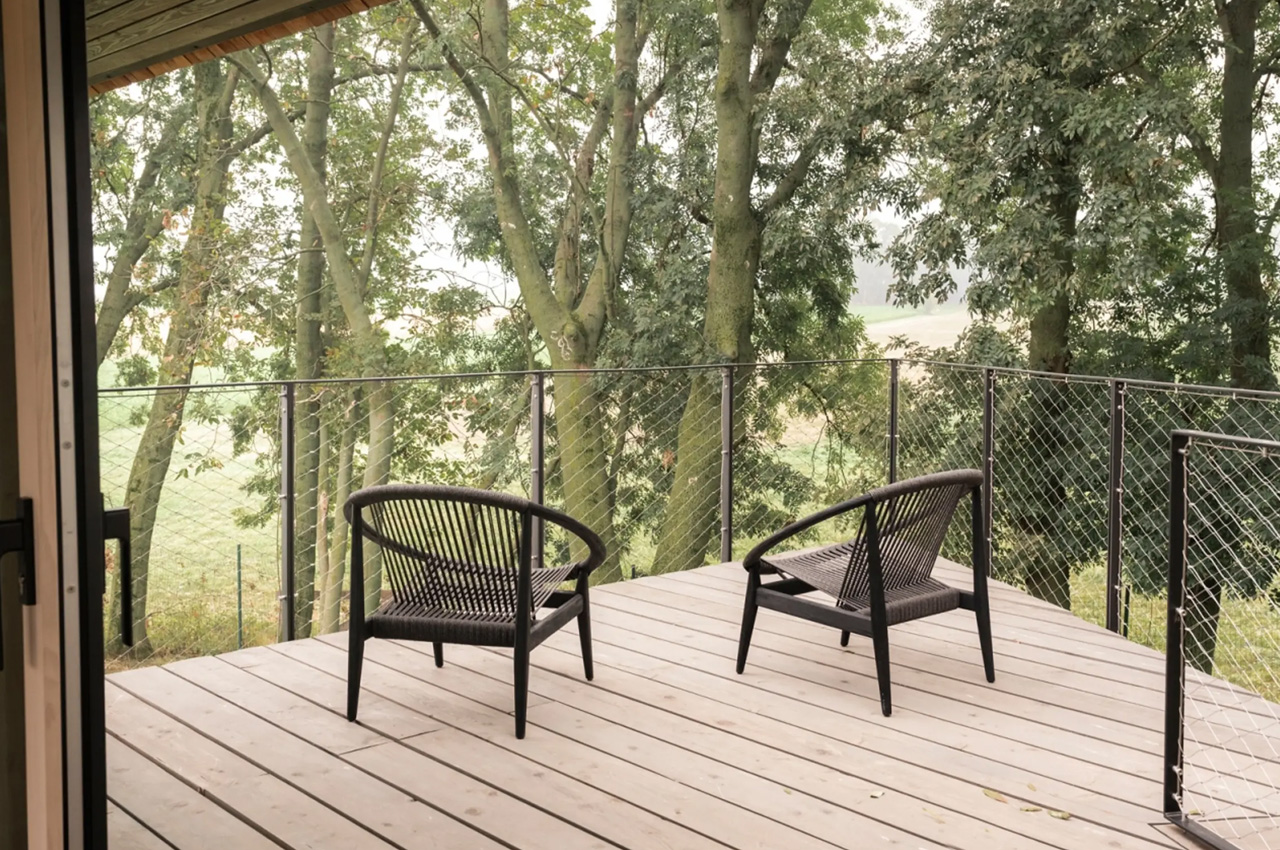Amazon's Blink Mini security cameras are down to $20 each right now, as part of a larger sale on security devices from the brand. That's $2.50 above the lowest price we've seen and amounts to a 33 percent discount. The small, plug-in camera takes 1080p video during the day and infrared footage at night while the built-in mic and speaker let you hear and talk with whomever is in the room. You can set it to send notifications to your phone when motion is detected so you can view a live feed. If you connect it to a compatible smart display, like an Echo Show or Fire TV, you can view footage from those screens too. Keep in mind that Blink cameras only work with Alexa-enabled products.
Elsewhere in the Blink sale, you can get a single Blink Outdoor 4 for $65, which is a record low price and $35 percent off its full $100 price tag. We named the Blink Outdoor 4 camera the best wireless security camera in our guide to smart home devices. The weather-proof camera can run for a claimed two years on a set of AA batteries (which are included). It also comes with a screw-in mounting kit so you can attach it to your house or a fence. The field of view was increased to 143 degrees for the latest generation and it has the ability to differentiate between human and non-person movement — though you'll need to pay for Blink’s add-on subscription plan to enable that feature. The plan is currently $30 a year for one device or $100 a year for multiple cameras. The subscription also enables cloud storage of clips and dual-zone motion detection. Like the Blink Mini, the Outdoor 4 offers two-way audio, 1080p daylight footage and infrared video at night.
The Blink Video Doorbell system is down to $45, which is 36 percent off the $70 list price and also a record low. This one also runs on two AA cells so you don't have to hook into your doorbell wires, but the option is there if you want the doorbell to activate your existing chimes when someone pushes the button. The Blink Video Doorbell also offers day and night video capture, two-way audio and motion detection. This set includes a Sync Module 2 which lets you store clips locally.
Cameras like these can be a good way to keep tabs on your home and offer peace of mind when you're not there, but it's important to keep in mind that Amazon, mostly through it's other security brand, Ring, has not always had the best privacy record. Though a recent announcement suggests they may rethink at least some of those practices.
Follow @EngadgetDeals on Twitter and subscribe to the Engadget Deals newsletter for the latest tech deals and buying advice.
This article originally appeared on Engadget at https://www.engadget.com/blink-mini-security-cameras-are-only-20-each-right-now-170958462.html?src=rss
